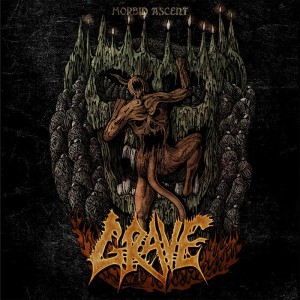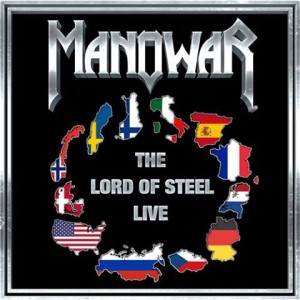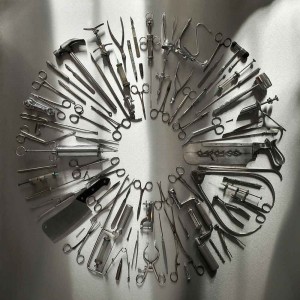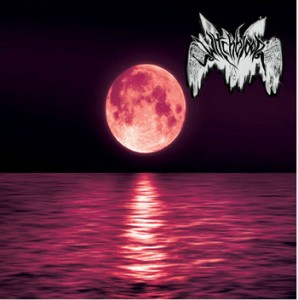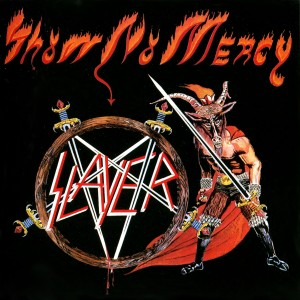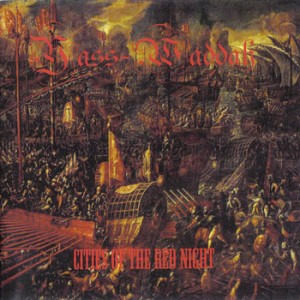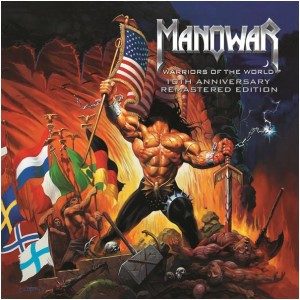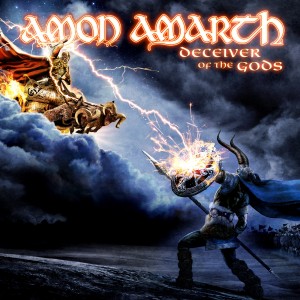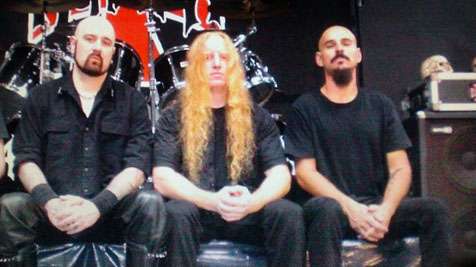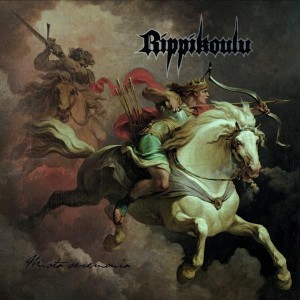 Rippikoulu are a relatively unknown Finnish band whose potential was cut short because the band never developed past the demo phase after the death of the main songwriter. The first death metal band to “sing” entirely in Finnish, Rippikoulu saw a significant rise in popularity in the internet age, releasing their second and final 1993 demo on CD and vinyl through Svart Records in 2010.
Rippikoulu are a relatively unknown Finnish band whose potential was cut short because the band never developed past the demo phase after the death of the main songwriter. The first death metal band to “sing” entirely in Finnish, Rippikoulu saw a significant rise in popularity in the internet age, releasing their second and final 1993 demo on CD and vinyl through Svart Records in 2010.
One of many bands from Finland to realize the potency in doom elements in death metal, Rippikoulu quickly switched gears from the Bolt Thrower Realm of Chaos meets Autopsy style of their first demo into a morbid, down tuned style more along the lines of Lost Paradise stylistically updated by Incantation’s cavernous style similar to many other early 90s experiments like Mythic or Disembowelment, with similarly mixed results.
The music here eschews the ambient gestures of Disembowelment and Thergothon entirely, opting for a more bludgeoning, rhythmic approach. Like Winter, slow doom passages move forth at a glacial pace and are highlighted by macabre lead melodies in a manner similar to early Amorphis or Paradise Lost.
Unfortunately, these parts are the highlights of the songs, as they are sandwiched between often disconnected Incantation-esque blasting sections or Bolt Thrower heavy rhythm riffs. Too often, the excessive down tuned rhythms gets repetitive to the point of going nowhere (tracks one and four) or seeming like an in-between for the “money riff” effect of ponderous doom riffs (track two). Here we hear the weakness of the band in their inability to marry these opposing elements through developed riff sequences like Bolt Thrower on War Master. The other tracks feel more like complete statements but the speedier rhythm riffs are often sparse compared to their sluggish counterparts.
While the band successfully conveys the aura of mystique that made the Finnish death metal scene revered by many, this release was perhaps a bridge to them moving on to doomier terrain as evidenced best by the most focused track, “Pimeys Yllä Jumalan Maan,” sounding more like Skepticism covering Incantation at their slowest.
The good news is that this release functions well as divisions of a singular idea, much like how Belial’s Wisdom of Darkness used repetitive songs with shared themes to their advantage, giving the listening experience a ritualistic quality. It’s a great alternative to what the modern OSDM scene is currently churning out, but much like God Macabre’s The Winterlong, it is more a collection of slight variations on a theme than an album.
http://www.youtube.com/watch?v=Ik4oNGK9cBE
8 CommentsTags: death metal, rippikoulu
